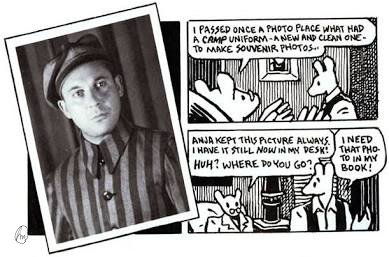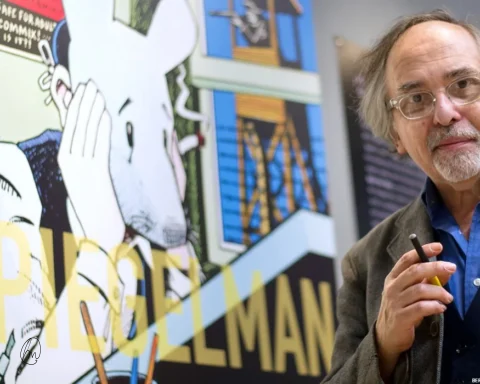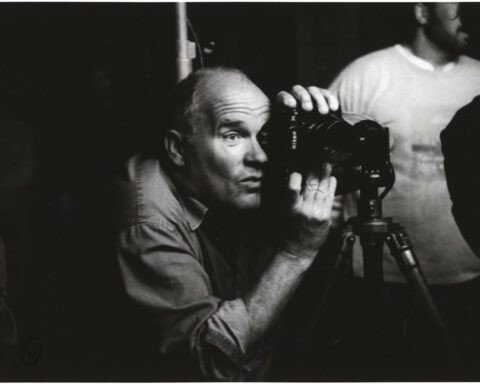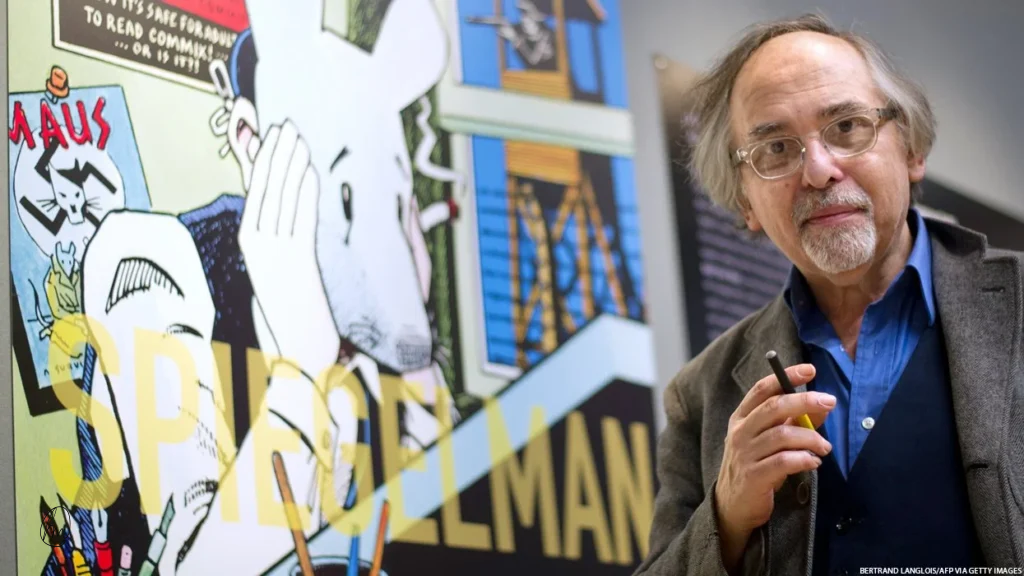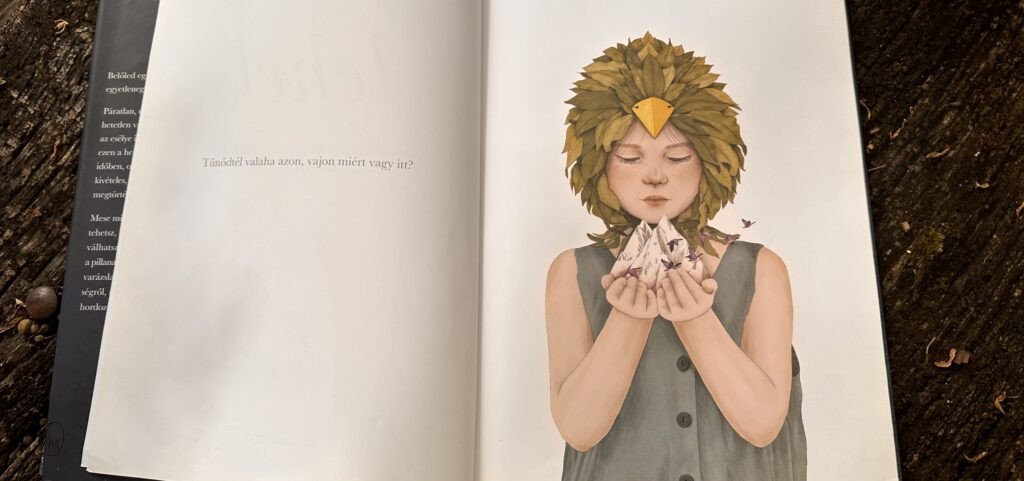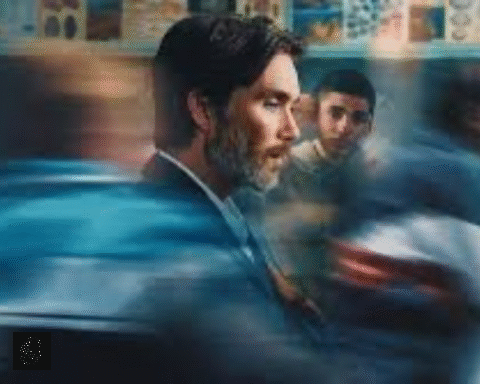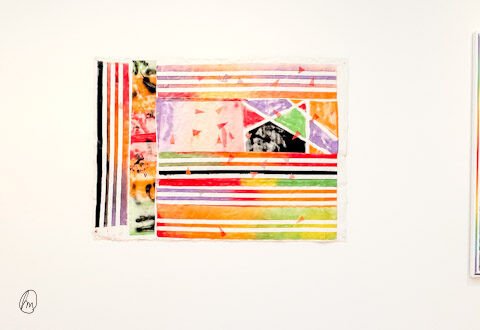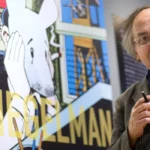He’s often referred to as the reformer of comic book art. An American guy, carrying a heavy generational burden on his back like a massive sack. A rare bird who—perhaps—has finally, as a prisoner, broken free from the planet of hell. Perhaps by now, he has managed to draw out the unprocessable trauma he inherited.
Art Spiegelman
According to him, he got a gasp about life and society from comics: He learned to read—and to make a difference between good guys and bad guys—from Batman*. He grasped the twists of economic processes through Donald Duck*, while sexuality came from Archie*. Feminism was introduced to him by Little Lulu*, through her panels. The grand ideas of the world—that is, philosophy—he discovered in the Peanuts* comic strip, well-known in Hungary too. Ethics and all the other bits of life? Those came through Mad magazine*, says the Pulitzer Prize–winning artist.
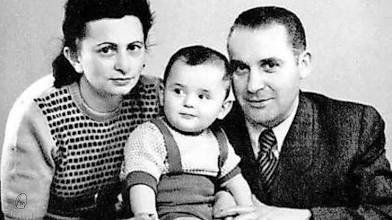
Spiegelman believes the horror comics of the 1950s—those very ones respectable families warned their children about—were the first to tackle the Holocaust. These were stories where atrocities played out in broad daylight, treated almost as everyday occurrences, while zombies roamed the streets. And he’s got a point—several notable American comic artists did explore the theme.

Though not horror, the first major Holocaust-themed work in comics is Master Race and Other Stories, by Bernard Krigstein. It’s unique for two reasons: First, because Krigstein portrayed movement not with motion lines, but in a radically new way—breaking it down frame by frame. This technique deeply influenced Art Spiegelman’s own artistic expression. Second, because the book includes several stories that hadn’t been reprinted since the 1950s—Master Race among them, a Holocaust-centered piece that has since become a collector’s treasure.
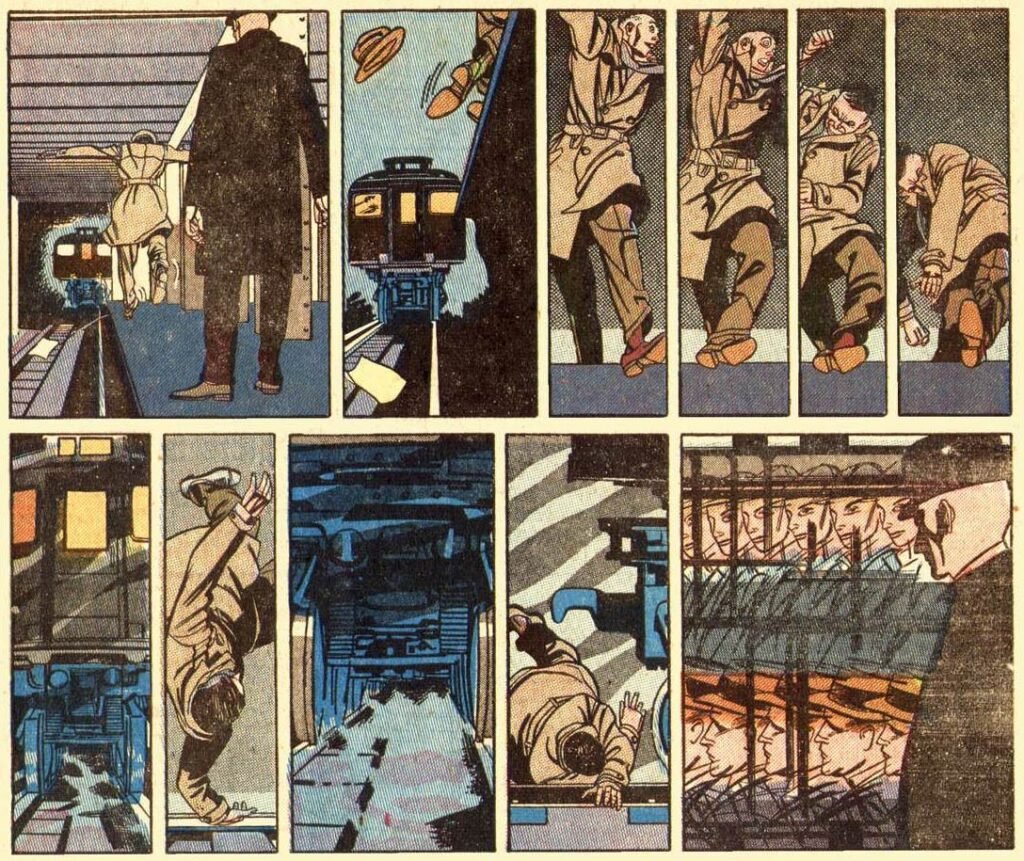
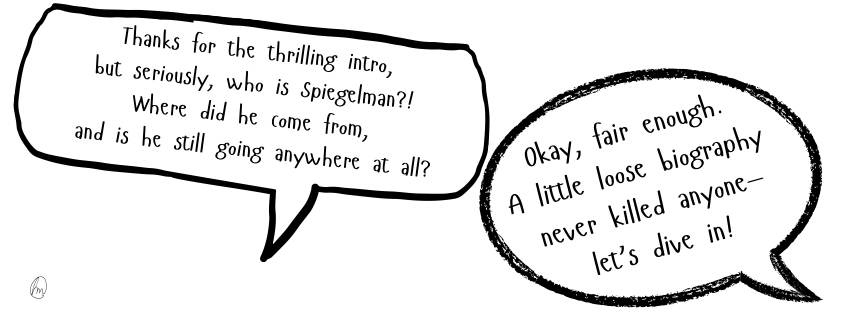
For clarity’s sake, here’s what’s worth knowing:
Born in 1948 in Stockholm, under the name Itzak Avraham ben Zeev Spiegelman, he was the second child of Polish Jewish parents who had survived the Auschwitz death camp.
“The shoes you put into the corners with small things in the shoes, and ach! It’s important to know how to pack. Many times, I had to run with only I can carry! You have to use what little space you have to pack inside everything what you can… This was the best advice I’ve ever got as cartoonist.”
Maus: Vladek Spiegelman to Art Spiegalman
From Sweden to America:
New York.
At the age of five, the cover of Mad magazine—a parody of Life magazine—had such an impact on him that it forever sealed his fate. From then on, Spiegelman—who by then already went by the name Art—decided he too would draw. Comics, specifically. What he didn’t know was how the horrors his Holocaust-survivor parents carried would become his, too. How the unresolved memories and trauma would slowly close in—on his life, and on his soul.

The prison of the soul, home
The night screams echoed, as his father, Vladek, relived the horrors of the Holocaust again and again. A shattered mother, who had lost most of her family—people she had deep bonds with. The older brother lost in the ghetto, Richieu (b. 1939), whom the parents searched for hopelessly after the war. The perfect ghost sibling Art could never compete with. His mother’s stories weren’t bedtime tales—they erupted like volcanoes, and the fears they left behind flared up without warning. Even something as simple as needing to urinate could trigger a flash of terror—because during the Holocaust, doing so at the wrong time could mean death.

“If you lock them up in a room with no foods for a week then you could see what it is friends.”
Maus: Vladek to Art
The young Spiegelman’s talent was discovered at age 16 by renowned comic editor Woody Gelman, whom he managed to meet for a short audience—which turned into a long lunch. That afternoon, Spiegelman presented his amateur comic, Blasè. After two years of silence, on turning 18, he received a job offer from one of Woody’s editorial offices—but had to decline, as he was due to start college. In the end, they found a middle ground—summer work. And just like that, the doors of the industry opened to the young talent.
But in 1968, another trauma struck: his mother committed suicide—without a note of a word. Spiegelman never returned to college after that. Instead, he dove into the world of underground comics—editing everything from hardcore porn to twisted psychedelic strips, to fragments of his own depressive reality.
In 1972, within the series Funny Animals, a three-page piece appeared that would later become the forerunner of Maus: a raw, rule-breaking comic that tackled Holocaust trauma.
For the first time, readers were confronted face-to-face with the burdens of the Holocaust-survivor Spiegelman family—and the weight of inherited guilt for being alive. For the first time, Spiegelman experienced a kind of freedom—liberation—thanks to Justin Green, his idol and fellow comic creator. From Green, Spiegelman learned that comics are the perfect platform for projecting the mind. Empty panels, waiting to be filled with honest emotion: childhood trauma carried since his Queens years, and the quiet guilt of simply existing.
The artist opens with a powerful image: Vladek tucking little Art into bed, and instead of a bedtime story, telling a tale of how the Nazis packed them into cattle cars bound for Auschwitz.
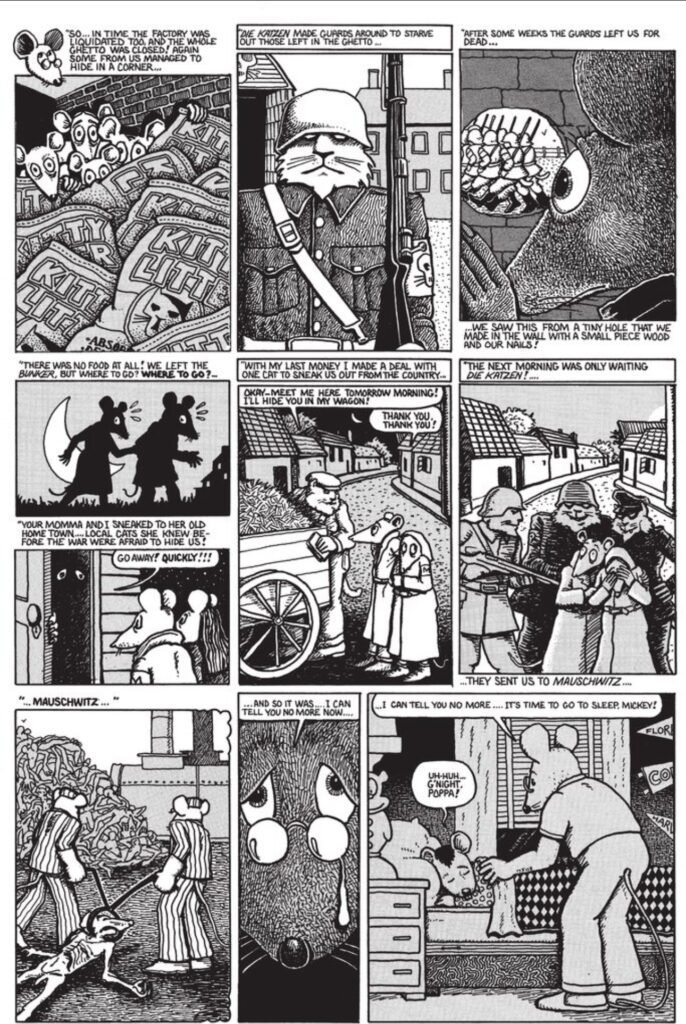
The comic’s release was liberating for Spiegelman—this drove him to create the first major milestone of his career:
Prisoner on the Hell Planet
A comic made in an attempt to understand his mother’s suicide and the internal chaos it caused him. Stylistically inspired by German expressionist woodcuts. Later, in 1977, these works were compiled in the Breakdowns collection, a volume still highly regarded among professionals. At the same time, he began working with his father, Vladek—interviewing him and processing those memories into comic format.
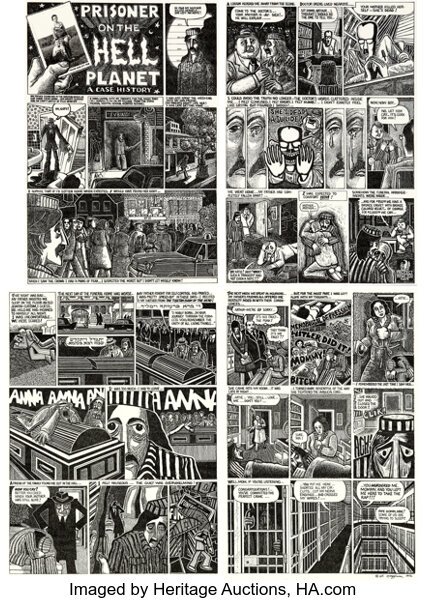
Raw
– Avant-garde magazine, 1980–1991:
He and his wife co-edited a comix magazine—comics for adults—where he continued the Maus story. In it, Jews were portrayed as mice, Nazis as cats. By masking the characters, Spiegelman was able to emotionally and spiritually distance himself enough to create the 300+ page series, which unfolded over 13 years. The story presents his family’s World War II experience firsthand—alongside his own guilt and the yawning pain left by his mother’s suicide.

They even handled the sensitivity of the topic editorially: in the large 27×36 cm magazine, the smaller-format Maus was placed near the center, laid over a full-page background panel taken from the comic itself. The previous story was summarized on that larger image.
The Book
Due to its sensitive subject and raw, honest dialogue, the first Maus volume (Maus: A Survivor’s Tale. My Father Bleeds History) wasn’t published until 1986—after Pantheon Books took the risk.
The release made a global splash, earning the sincere support of millions… and drawing just as much hatred.
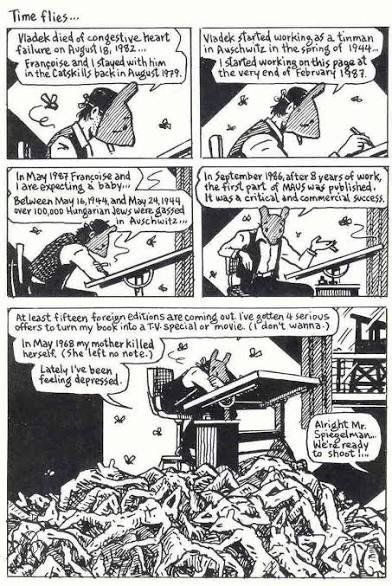
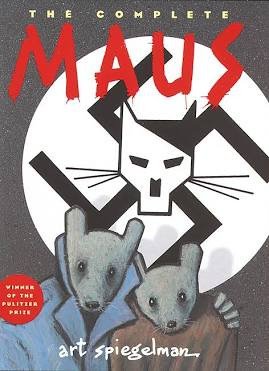
In 1991, the second volume was released: Maus II: And Here My Troubles Began—after which Spiegelman became the first comic creator to win a Pulitzer Prize. Spiegelman received the success with mixed emotions. Since then, he says, he feels haunted by a 500-pound mouse.
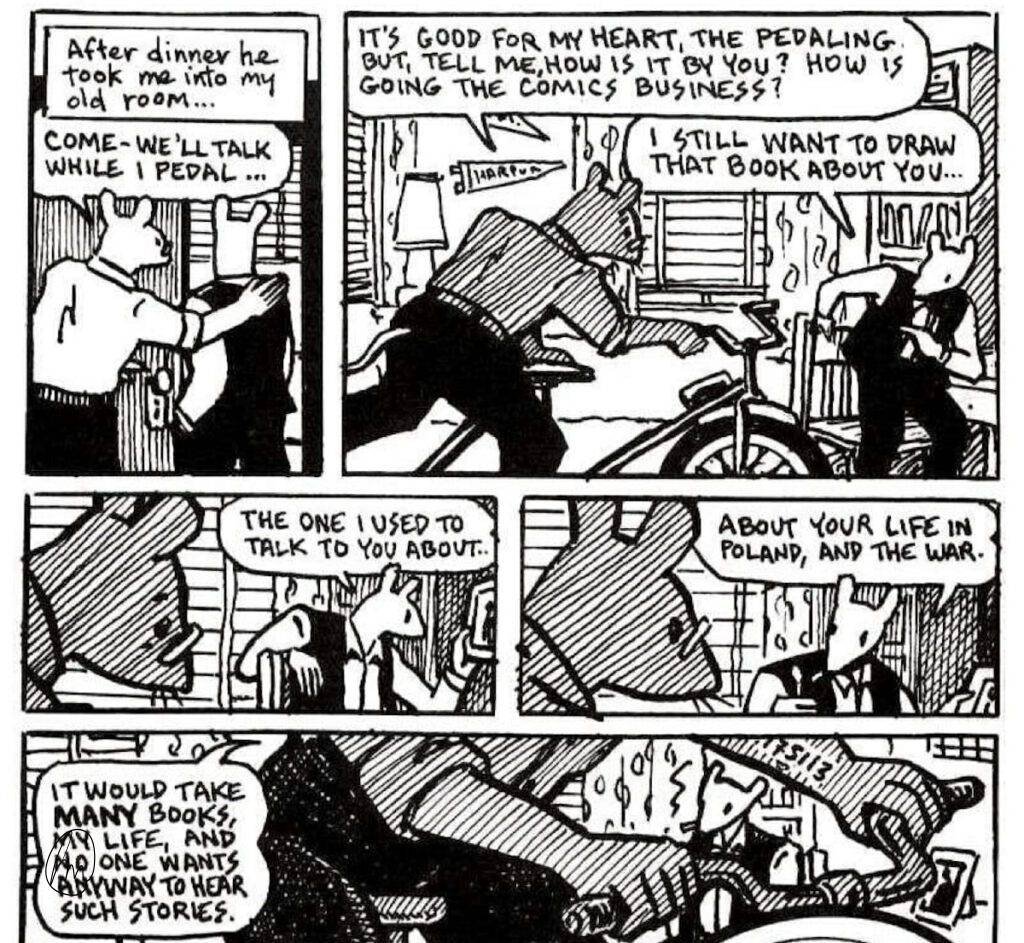
That Maus became the world’s #1 historical graphic novel is proven by the more than 3 million copies sold—but all Spiegelman ever wanted was to free himself from Auschwitz.
“The only person I wanted to teach anything to was myself. I wanted to find out how I got born, when both my parents were supposed to be murdered before I could be conceived. .. And so that was a complex project, to reconstruct for myself what that history was for them.”
Art Spiegelman
Once, a German journalist asked if he thought it was in poor taste to depict the Holocaust as a genocide of mice by cats. Spiegelman replied:
“No, I thought Auschwitz was in bad taste.”
So where is Art Spiegelman now?
He’s still reminding us—just in a slightly different way.
Since 2022, when Maus was banned from elementary schools in several Southern U.S. states (Tennessee, Florida, etc.)—alongside other Holocaust-themed works like The Diary of Anne Frank—Spiegelman has been on a mission to speak the truth: the horrors of World War II cannot be sterilized.
“Past hangs over the future.”
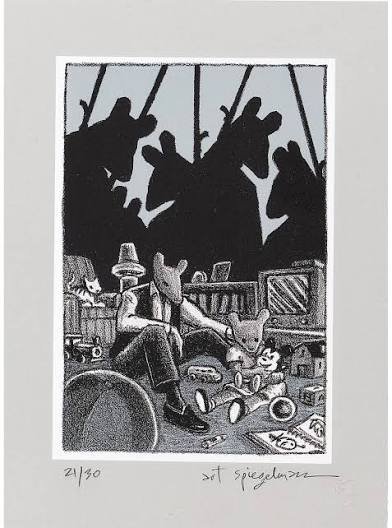
*Comics from 50’s


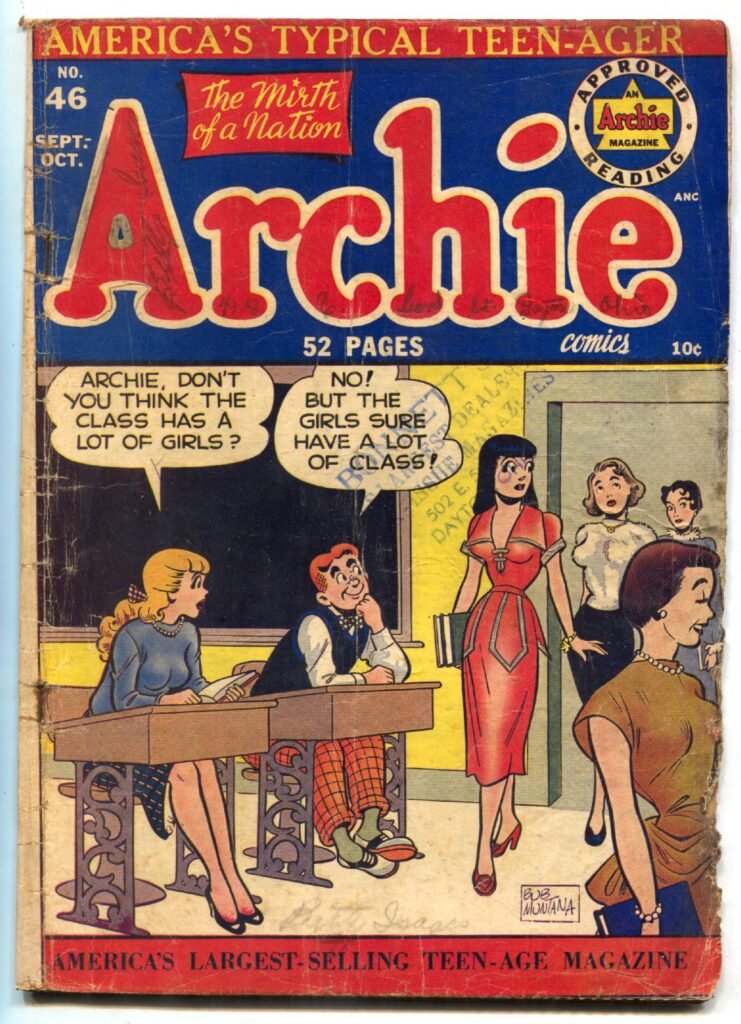
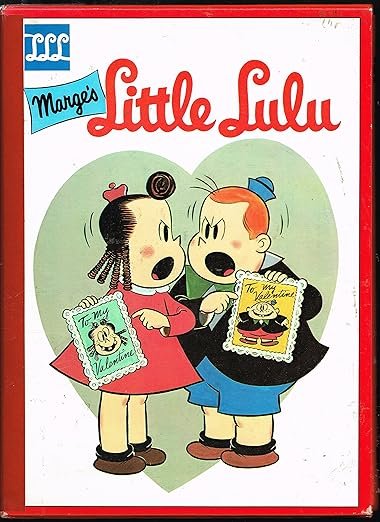
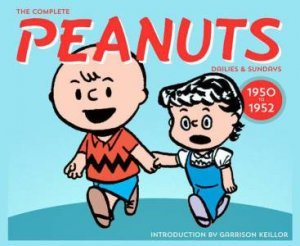
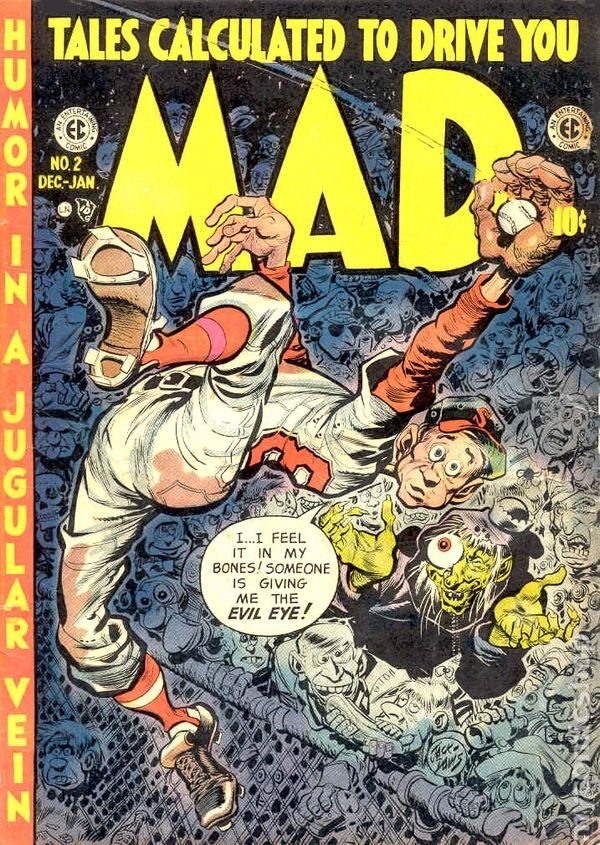
Source: pbs.org Art Spiegelman:Disaster is My Muse, The New York Times – Art Spiegelman on Life With a ‘500 – Pond Mouse Chasing Me’, comics.ha.com, britnnica.com, thegutterreview.com, wikipedia: Maus, Art Spiegelman, Pulitzer Price, fantagraphics.com, sandmanbooks.com
Images: Heritage Auctions- hakes.com, richardmcbee.com
You can read about another Pulitzer Prize winner here, though its yet on Hungarian
If you’d like to stay up to date with more interesting reads like this – or just relax with some laid back culture content – feel free to subscribe to the newsletter at the bottom of the page. If you do, please make sure to check the spam folder too, since the confirmation email might end up there. Agh, and don’t worry you will get news from the Heti Mocsok only twice a month!
